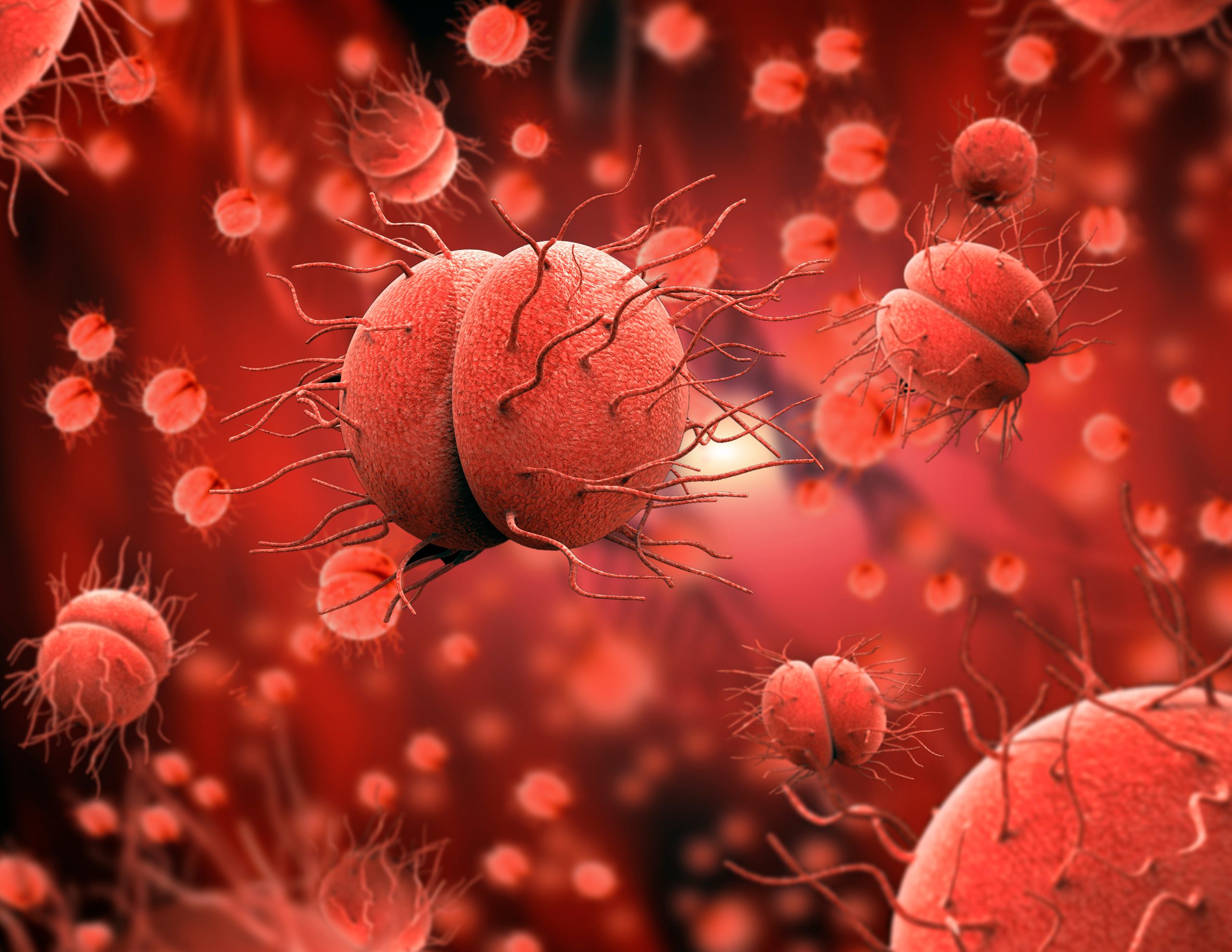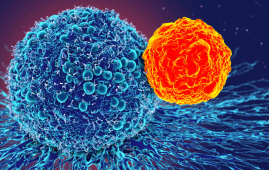

You know how the package states that oral birth control will not prevent STIs? In the instance of gonorrhea, the sexually transmitted bacterium that causes the disease can employ those hormones to withstand drug attacks.
Like many bacteria, Neisseria gonorrhoeae has pumps that force deadly toxins out of its cells. However, according to a Duke and Emory study published in Nature Communications, the hormones of the human urogenital tract allow gonorrhea to produce and employ more of these pumps to combat intrinsic antimicrobials and prescription antibiotics.
The researchers discovered the method while studying a transcription factor, a protein that attaches to certain spots on the bacterium’s DNA and suppresses the synthesis of efflux pumps that defend it.
The study, led by Duke graduate student Grace Hooks and her mentor, Biochemistry chair Richard Brennan, Ph.D., used a range of ways to define the transcription factor’s form and function.
Unfortunately, they discovered that this transcription factor, known as MtrR, has a propensity for binding to the hormones progesterone, estrogen, and testosterone, as well as the synthetic hormone ethinyl estradiol. When it binds to a hormone, the transcription factor’s ability to regulate the creation of bacterial pumps decreases.
Hooks noted that the bacterium appears to be able to sense its hormonal environment and waits for the appropriate period in the female’s menstrual cycle to begin colonization.
Estrogen levels skyrocket in the week leading up to ovulation, whereas progesterone levels peak two weeks before menstruation. These changes are thought to inhibit the immune system, allowing sperm and eggs to survive in the urogenital canal, but the same window also makes them vulnerable to infection.
“It’s kind of utilizing this sensory system to gauge where it is in this cycle and when it can best colonize,” said Hooks. “It can only survive in the human host; it can’t survive outside. So, it has to really be good at sensing where it is and when’s the best time for colonizing.”
The transcription factor MtrR also signals the bacterium to protect itself from reactive oxygen species. “What this one protein does is create a dual system to protect Neisseria gonorrhea,” he said.
Gonorrhea has been with humans far longer than antibiotics, appearing in literature as early as 2600 BC and making notable appearances in Julius Caesar’s Roman legions and the Crimean War.
Whether ancient or modern, the Centers for Disease Control consider gonorrhea a serious public health problem because it is now resistant to all antibiotics save one, ceftriaxone. However, bacteria resistant to this antibiotic have lately been found in Europe and Asia.
Untreated gonorrhea, also known as “the clap,” in women can cause pelvic inflammatory disease and infertility. It may also spread from mother to child during childbirth.
While the infection is more visible in men, it is less dramatic because men do not suffer the same broad hormonal fluctuations, and their urogenital system is not as convoluted or deep as a woman’s, Hooks explained. However, men still carry all of the hormones that the transcription factor grabs onto, she explained.
In fact, for a STI to be effective, the bacteria must thrive in both men and women. “Neisseria gonorrhoeae is an obligate human pathogen,” he stated. “We don’t know where it is the rest of the time.”
More information: Grace M. Hooks et al, Hormonal steroids induce multidrug resistance and stress response genes in Neisseria gonorrhoeae by binding to MtrR, Nature Communications (2024). DOI: 10.1038/s41467-024-45195-1
more recommended stories
 T-bet and the Genetic Control of Memory B Cell Differentiation
T-bet and the Genetic Control of Memory B Cell DifferentiationIn a major advancement in immunology,.
 Ultra-Processed Foods May Harm Brain Health in Children
Ultra-Processed Foods May Harm Brain Health in ChildrenUltra-Processed Foods Linked to Cognitive and.
 Parkinson’s Disease Care Advances with Weekly Injectable
Parkinson’s Disease Care Advances with Weekly InjectableA new weekly injectable formulation of.
 Brain’s Biological Age Emerges as Key Health Risk Indicator
Brain’s Biological Age Emerges as Key Health Risk IndicatorClinical Significance of Brain Age in.
 Children’s Health in the United States is Declining!
Children’s Health in the United States is Declining!Summary: A comprehensive analysis of U.S..
 Autoimmune Disorders: ADA2 as a Therapeutic Target
Autoimmune Disorders: ADA2 as a Therapeutic TargetAdenosine deaminase 2 (ADA2) has emerged.
 Is Prediabetes Reversible through Exercise?
Is Prediabetes Reversible through Exercise?150 Minutes of Weekly Exercise May.
 New Blood Cancer Model Unveils Drug Resistance
New Blood Cancer Model Unveils Drug ResistanceNew Lab Model Reveals Gene Mutation.
 Healthy Habits Slash Diverticulitis Risk in Half: Clinical Insights
Healthy Habits Slash Diverticulitis Risk in Half: Clinical InsightsHealthy Habits Slash Diverticulitis Risk in.
 Caffeine and SIDS: A New Prevention Theory
Caffeine and SIDS: A New Prevention TheoryFor the first time in decades,.

Leave a Comment